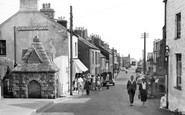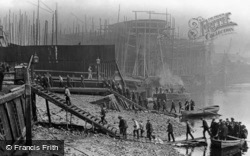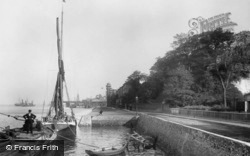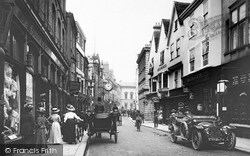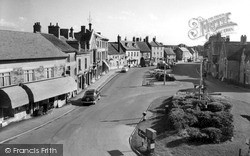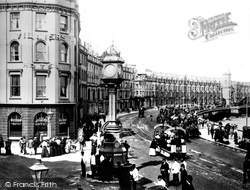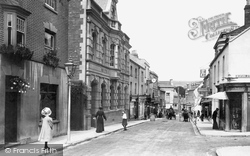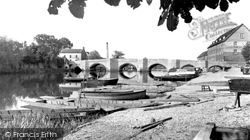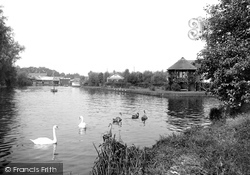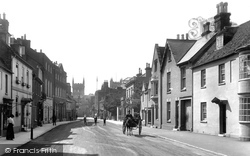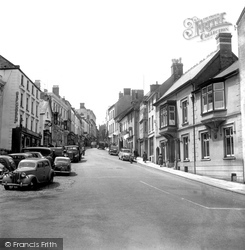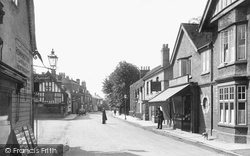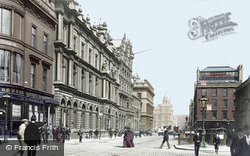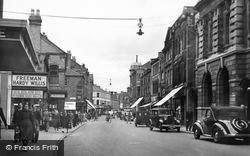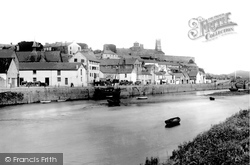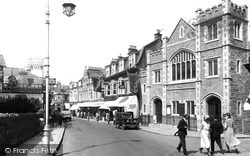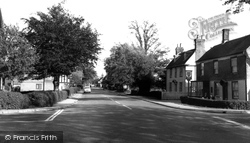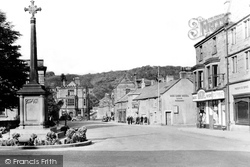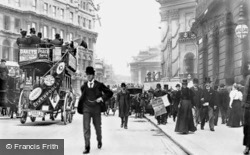Places
3 places found.
Those places high-lighted have photos. All locations may have maps, books and memories.
Photos
63 photos found. Showing results 901 to 63.
Maps
12 maps found.
Books
1 books found. Showing results 1,081 to 1.
Memories
7,562 memories found. Showing results 451 to 460.
The Horse And Cart
I had the perfect Job for me when I was 10. John (Jacky) Robinson had me working for him on the horse and cart. Fridays and Saturdays you could hear us walking the streets of Easington - our famous yell was "ANY ...Read more
A memory of Easington Colliery in 1969 by
Happy Little Boy
Hi, I have been looking for a site like this so I could look back at Pinehurst. I was the longest serving boy at the home - went in at 8 and came out at 16. 1979 was when I started a good life there. I have so many great ...Read more
A memory of Pinehurst in 1979 by
School Years At Fowey Comprehensive
My name in the sixties was Marilyn Pooley, I lived at St Blazey and went to Fowey School. I have been raising my family for the last 40 years and now fancy looking back at my younger days. One of the ...Read more
A memory of Tywardreath in 1966 by
Hill House Sizewell
I remember Fred and Jack Fryer, and a son if I remember correctly who went in the navy. I would often wait on the beach at night beside their lantern which would guide them back to shore after an evenings fishing. Did Jack ...Read more
A memory of Sizewell in 1954 by
Home
i was brought up on big Cullamores Farm in the 50>s and 60<s , which borders the downs banks. I have many happy memories of roaming the Downs with school friends, it was our play ground. I am at the moment researching the farm and ...Read more
A memory of Oulton Heath in 1959 by
Revistiing
I revisited Edern & Morfa Nefyn after my last visit which was in 1954 with my Mum and Dad as a 12 year old child. I remembered everywhere and my husband was worried I would be disappointed as things would have changed, but they had ...Read more
A memory of Nefyn in 2005 by
Pauldens Fire
My mum and dad married in September 1950. They had their reception at Pauldens. The week after, they were back, at the funeral of my dad's dad who passed away the day after the wedding. My mum said Pauldens burnt down ...Read more
A memory of Hulme by
Harlow In 1950 1966
Hi, we also lived in Sharpecroft. The Last family moved there in 1956. Also went to Hare Street School. Can't remember our door number. Then we moved to Rivermill. Loads of happy memories, It was a lovely place to grow up in back in the 1950. Barbara Yeowell {Last}
A memory of Harlow in 1956 by
Life Until 40.
My family returned to South Ockendon in 1964, although both sets of grandparents were in South Road and Broxburn Drive. First lived in Clayburn Gardens, then in 1969 we moved to 34 Cruick Avenue. Small cul-de-sac, originally ...Read more
A memory of South Ockendon by
Tooting From 1974 2009
I have very fond memories of Tooting. My parents and I moved to Fairlight Road in Tooting in 1974. My first memory of that is the smell of paint, and sausage rolls bought from the bakery shop just round the corner; the paint ...Read more
A memory of Tooting in 1974 by
Captions
2,471 captions found. Showing results 1,081 to 1,104.
Here we see workers arriving by boat at one of the ship-building yards that once dotted the eastern banks; these included the great Millwall Yards, which launched among others Brunel's 'Great Eastern'
This was in the early phase of its transformation, mainly by the medium of brick.
Fritton Lake, like the Broads, originated as a series of peat pits in the medieval period. It was later used as a duck decoy. The ducks were drawn into the decoy by the decoy man's dog.
We are keeping to the Kent bank of the Thames Estuary as the river reaches Gravesend, beyond the Queen Elizabeth II Bridge at Dartford.
The Great Ouse has always been of importance to Bedford's economy and pleasure, and successive administrations have successfully managed the environs of the river to keep them as an amenity for the benefit
In the 1920s, the owner of a chain of grocery stores had two carved cats placed on the upper front of his shop - they were supposed to frighten the rats away from the river bank.
This area has changed quite a lot, and has adapted to the extra traffic that has occurred during the past fifty years.
The Jubilee Clock at the junction of Victoria Street and Loch Promenade was presented to the people of Douglas by George Dumbell in 1887.
A farm trap and a carriage with a liveried coachman make their way along George Street past the imposing façade of the Wilts and Dorset Bank, on the left, and the Brooklyn Cycle Depot across
This view facing the medieval bridge shows the boatyard in the foreground with the old stocking factory on the right and the bacon factory on the left.
One of the three main rivers which drain the Broads, the Bure is typically slow-flowing; a large number of cruising boats from Collins & Son (in the background) confine their cruising to the River Bure
Note the first-floor bay window on the right.
The clock, just past Stephen & Fred Green belongs to Bisley H Munt & Son, jewellers, established 1796 (according to the inscription on the clock-face), and it can still be found.
Not something that would happen today with any degree of safety, a gentleman poses for the camera in the middle of the street.
Here, within the heartland of the city's commercial and financial life, the imposing Victorian buildings we see are still standing today.
The old Northamptonshire Union Bank on the right of the picture is now the Nat West, though fortunately the facade remains intact.
A popular promenade on the River Towy is an embankment, called the Bulwark, extending for about a mile on the south side of the river.
Walton-le-Soken was an agricultural and beachcombing parish that expanded into Walton-on-the-Naze in the 1820s. Its early visitors were upper-class people who had summer homes here.
After the decline of its port, Newquay turned its attention to tourism. The population in 1871 was just over 1,000, but by the 1950s it had grown to 12,000.
His great-uncle, Alfred Harmsworth, founded the Daily Mail in 1896, and the family lived at the house which was to become the private Benenden School.
The rural nature of Thornton Cleveleys away from the coast persisted. On the right is one of the old farmsteads.
The war memorial in the heart of Rutland Square is today surrounded by more extensive flowerbeds, but otherwise this scene from nearly half a century ago is little changed.
The owners of these parked cars must be shopping. The first building on the left was Barclays Bank; today it is still Barclays, but it has had a fresh lick of paint.
The heart of the Square Mile. City life looks as frenetic as it does today. Job mobility was unheard of in the Victorian office.
Places (3)
Photos (63)
Memories (7562)
Books (1)
Maps (12)


